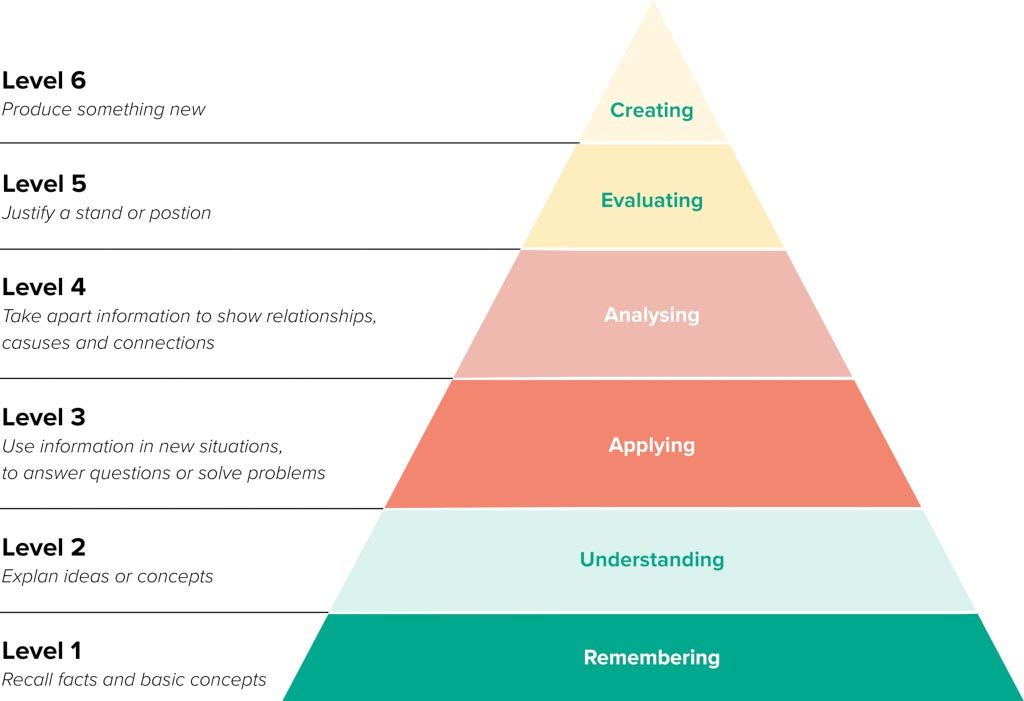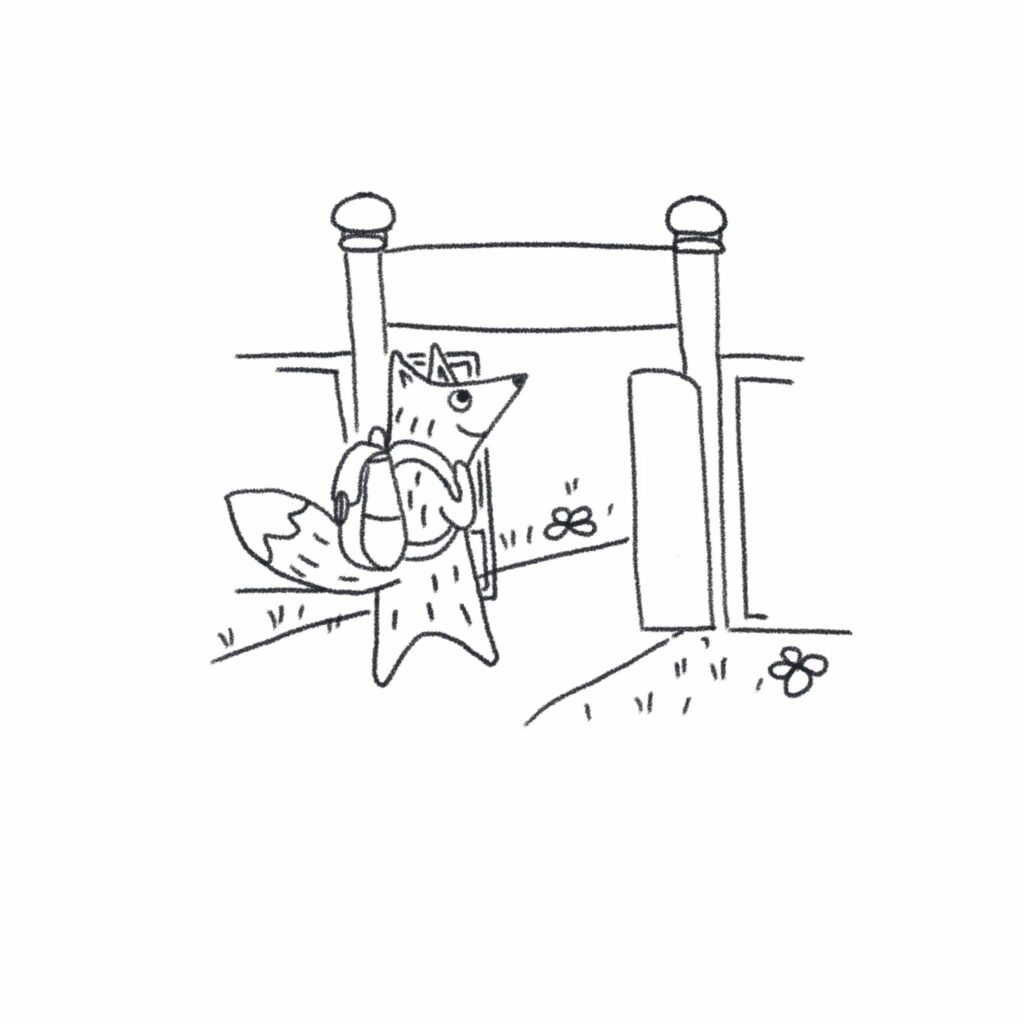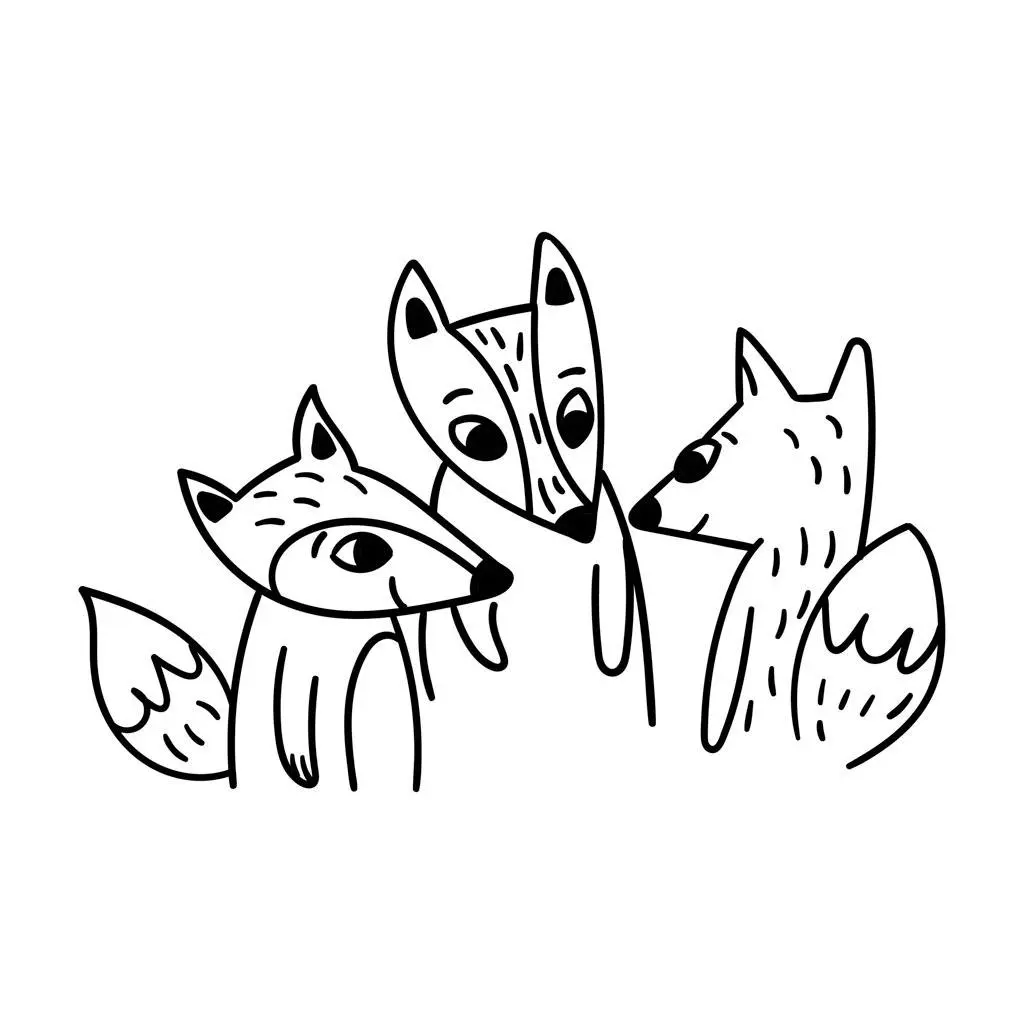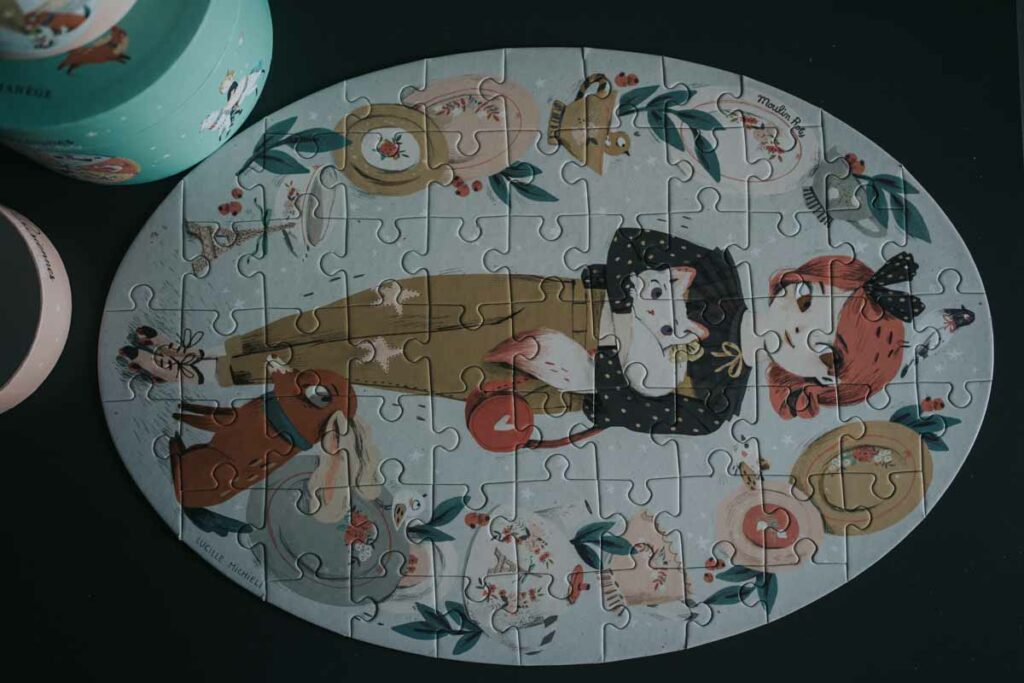Sorting is the most important activity your child will ever do.
Without it, no other kinds of play are possible. And done right it’s a superpower.
In this simple guide we’ll explore different sorting activities and how best to introduce them.
- What is sorting and why is it important?
- Matching vs. sorting
- The difference between sorting and classifying
- Sorting for babies
- Best sorting toys for babies
- Sorting for toddlers
- Best sorting toys for toddlers
- Sorting for preschoolers
- Best sorting toys for preschoolers
- How sorting leads to higher order thinking skills
- Tips for getting the most out of sorting
- Final word
- Never run out of ideas again

What is sorting and why is it important?
Sorting is simple. Just group things together according to their characteristics, right?
So why 2000 words on the subject?
Because sorting is foundational. It’s the skill that all others are built on.
Here is a quince. I have never tasted one before. What similarities does it have with things I’m already familiar with? Can I make assumptions about it based on what I already know about similar fruits? It looks like a pear, but it’s hard like an apple. Will it be sweet or tart? It looks and feels unripe. I think it will be sharp. I have sorted it into the apple family (though as I investigate further I may change my mind).
This kind of pattern-recognition really speeds learning up. The faster and more efficiently you can identify and sort something, the faster you are able to understand it.
If you already speak a foreign language, it’s much easier to learn another one. You already know what to look for. You know that there will be vocab to learn, verb tables and pronouns. You won’t be starting from scratch. You’ll already know so much about how verbs work that learning new ones will be much easier.

Matching vs. sorting
Counterintuitively, matching is about difference. Here is object 1 and here is object 2. We put them side by side and check one characteristic at a time. Are they the same shape? The same size? The same colour? If so, they match. If there is any difference at all, they don’t.
Sorting, on the other hand, is about finding similarities. The objects don’t have to be exactly the same, just close enough. Cats on one side, dogs on the other. It doesn’t matter that some cats are black and some are white.
It’s easier to play Snap! than to categorise books in your bookcase. Matching is simple. Are these two things identical? Yes or no? But sorting requires evaluation and decision making.
“The faster and more efficiently you can identify and sort something, the faster you are able to understand it.”
If the choice is between red socks, green socks or blue ones, we might call it sorting but it’s really just a form of matching. Is this sock red? If yes, then it goes into the red pile. If not, check if it’s green or blue.
But what do you do with a turquoise sock? Or a teal one? How about one with blue and green stripes? This is sorting, and demands higher order thinking. The categories are flexible. They change as new information comes to light.
Can you see how you will want to play matching games with a baby or toddler but offer more sophisticated sorting tasks to a preschooler?
The difference between sorting and classifying
To classify means to put things into predetermined categories. Students graduating university get either firsts, seconds, thirds or they fail. The categories – or classes – are fixed. There’s no chance that we’ll come across a student with a fourth class degree.
As we saw above, sorting, is more fluid. Imagine you are playing a colour matching game and organising your socks. Stripy socks go in one drawer, spotty ones in another. But then you come across a pair of plain socks. No problem, you simply create a new pile for these. You now have three groups instead of two.

Sorting for babies
Noticing – the earliest form of sorting
What was the first game you ever played?
You played it in the womb.
It was right there at the very beginning, millions of years ago, when life began.
Without it, no other learning would be possible. It’s the most fundamental skill. Pre-schoolers love to play it. You’ll find it in every children’s magazine.
Have you guessed?
Spot the difference.
Light and dark; sound or no sound. A foetus is aware of so much.
From birth, babies can distinguish between mother and not-mother. Toddlers prefer two biscuits to one. Preschoolers look for what’s unique about ‘b’ and ‘d’. All learning is about difference.
A child will think, How does this new thing fit into what I already know about the world? Can I put it into one of the existing pigeon holes in my mind? Or do I have to pay attention and investigate further?
Try to put yourself in your child’s shoes. What do they already know? Now, focus on what’s different, what’s new. Ask them to notice this.
They’ll draw their own conclusions. You can’t make them learn. But they will have moved forward on the road to greater understanding.
Noticing becomes choosing
Babies don’t yet have the motor control to reliably reach for and inspect interesting artefacts. As their vision develops they discover that the world is made up of discrete objects. Research shows that babies spend a lot of time examining the edges of objects and people, trying to identify where one thing ends and another begins. It is for this reason that they should have high-contrast toys in their first few months. A mobile with a variety of off-white soft toys spinning overhead against the backdrop of a white ceiling is not helpful.
Later, when they are able to sit up and grasp, you can present your baby with a variety of objects to choose from. A treasure basket is perfect for this.
At this stage, your baby is simply learning to choose, based on what looks the most appealing. They recognise and prefer favourite objects from their previous sessions sitting at the basket, which shows that their memory is improving (memory is a vital element of sorting).
As they get stronger and can sit up by themselves and grasp things, toys like shape sorters, simple puzzles and stackers can all help a baby begin to learn the difference between colours and shapes (while also giving them a great fine-motor challenge.)
Best sorting toys for babies
- Shape sorter | Geometric shapes are easiest. Experts can progress to animal sorters
- Shape puzzles | Start with circles and progress to squares, triangles and finally single-piece, knobbed animal puzzles. Difficulty increases as the lines of rotational symmetry decrease.
- Stacking towers | From 10 months, these conical towers introduce sorting by size. For a smaller, safer alternative, choose the wobbly tower.
- Bowls and balls | Even easier than a shape sorter, balls and matching bowls are the perfect entry point to sorting, though at this age the focus is more on motor control and matching.

Sorting for toddlers
Toddlers are often drawn to sorting games because they allow them to create their own sense of order, to be in charge of this box of beads or this collection of colourful silks in a world where most things are decided for them. In this sense they are learning to organise and create systems that will inform and underpin their play for years to come.
But you don’t need special toys. Sorting is just as easy to factor into everyday situations with everyday items. When unloading the dishwasher, ask them to sort the plates by size before they go in the cupboard; when a bedroom becomes messy, organize the toys by type, when the shoes in the hall get mixed up, group them according to the person they belong to. For these kinds of sorting activities to have value try to make them meaningful, not arbitrarily set. So when sorting the socks, instead of asking your child to group them by colour (which might result in a pile that contains several family members’ socks, which will then have to be sorted again to put away) it’s better to sort by family member.
Never run out of ideas again
It’s hard coming up with new things to do with a toddler. And checking Pinterest for inspiration leaves you drained. Yet more things to buy and an elaborate set-up for something your child may never engage with. A Year With My Child is here to help. It’s a weekly email packed with age-appropriate activities and fun things to do.
Meaningful activities are better than finding something that looks ‘educational’ on Pinterest
If you decide to create your own sorting activity, try to avoid the kinds of camera-friendly activities you see on Pinterest. There’s nothing inherently wrong with giving your child some coloured bowls, pom-poms and tongs and asking her to match the balls to the corresponding pots. The trouble is that it’s not something she chose for herself so she may not show any interest or stay with the activity for very long. Make sorting materials accessible and your child will come to them when she’s ready. She may well enjoy grouping pom-poms, but it will be because she decides to do it.

At what age do children learn shapes and colours?
We tend to underestimate how young our children learn to identify colours. Many of us give our children colour matching games to play but if your child shows no interest in sorting pom-poms into primary-coloured bowls at 30 months, it might simply be that they mastered this kind of task years ago. Just because they don’t have the words to name colours doesn’t mean they can’t complete the activity. The same is true for shapes.
At 10 months your son might be perfectly happy to complete a shape puzzle independently. You may find that you can say to him, ‘give me the red square’ or ‘show me the yellow circle’. He will understand perfectly, he just might not have the words yet. He may even be able to differentiate between a red circle and a red triangle, sorting by two criteria at the same time.
Not everyone puts their baby into a shapes and colours bootcamp, but it’s perfectly normal for an 18-month-old to do all of the above. Be guided by your child but as a rule, by three, sorting by colour should come quite naturally.
Best sorting toys for toddlers
One of the reasons those pom-pom games are so boring is that they drag on far longer than is necessary. Either you know your colours or you don’t. Adding the tenth pom-pom to the bowl proves nothing. If you can match correctly, you’ll get the first one right and the rest is superfluous.
Here at 100 Toys we’re all in favour of open-ended play but for simple tasks like colour matching it’s much more satisfying – and motivating – to tackle something with a fixed outcome like a shape sorter. “I did it!” must be a toddler’s favourite expression. They are learning to do things and feel an enormous sense of pride in their accomplishments. Simple puzzles and games of matching pictures are perfect for them. Puzzles give instant feedback. If you get the shape right, it fits.
- Bowls and beads (choose size carefully – avoid choking hazards)
- Shape puzzles, more difficult, sorting by shape, colour and size
- Stacking towers (where the towers are different colours)
- Memory games (matching pairs)

Sorting for preschoolers
Eventually your child will learn to sort using Venn and Carroll diagrams they are taught about at school. Is it in the five times table? Is it in the 2 times table? Is it in both? Is it in neither? But before they reach that level of maths, there are plenty of sorting games and activities for pre-schoolers to enjoy at home.
By this stage, preschooler sorting games become more complex and challenging. Where once it was about matching socks or organising their blocks, now it’s about the difference between their growing catalogue of criteria, characteristics and properties.
Loose parts play
Closely related to sorting is loose parts play, where children explore playing with large quantities of identical materials, such as the beautiful Grapat cones, flowers, beehives and other shapes you see in these photographs. You don’t need to buy anything for this kind of play, of course. Found materials like stones and pine cones will do equally well.
Children can sort by more sophisticated criteria by this age. A 100-piece puzzle becomes a brilliant sorting activity once you realise that it’s much more efficient to categorise the pieces into groups such as edges, corners, middle pieces as well as grouping according to which part of the picture they correspond to, e.g. for a landscape, you might collect all the sky pieces in one pile and the land in another.
A further step along is choosing your own criteria for sorting, for example when grouping a collection of pebbles. No. 2 son was inspired by a trip to the mineral galleries at the Natural History Museum to create his own display table in his bedroom. But how to organise them? By colour? By size? By material? Over the next few days he changed the categories several times but the choices were always logical. And not a pom pom or coloured bowl in sight.

Best sorting toys for preschoolers
- Alphabet and number matching games (letter and number bingo)
- A sorting tray, like Grapat’s tinker tray. Children are free to categorise as they wish
- Jigsaw puzzles
- Threading beads
- Natural materials
- Card games like snap, Happy Families
- 2d shape games, like Shape Tack and sorting boards
- 20 questions (also known as Animal, mineral or vegetable?)

How sorting leads to higher order thinking skills
Eventually, sorting leads to what is known as higher order thinking skills (or HOTS). These skills are given a hierarchy*: some are more demanding to perform than others. It’s easier to recall a fact than to decide what to do with it. Here are the skills, in decreasing order of difficulty:
- Evaluation
- Synthesis
- Analysis
- Application
- Comprehension
- Knowledge
*you may sometimes hear these skills called Bloom’s taxonomy, after the man who devised the classification.
For example, skills involving analysis, evaluation and synthesis (creation of new knowledge) are said to be of a higher order than the learning of facts, which can often be learnt by ‘rote’.
Higher-order thinking skills are ultimately more valuable because they are more likely to be transferable across any number of situations, unlike facts and concepts which are less fluid in their potential applications.
Each stage of Bloom’s taxonomy builds on the one before. Children must first be able to remember the objects at hand. Then they have to understand what the object is (e.g. red, a square, shiny). Next, it’s important to know what to do with it, i.e. what criteria it’s being sorted against. Blue things go in the blue bowl. Finally, the higher order thinking skills are applied. Did I sort correctly? How else could I have sorted the objects? Now I can create my own selections sorted according to my own rules. Put simply, sorting is the foundation of higher order thinking.

Bloom’s taxonomy of psychological skills.
Tips for getting the most out of sorting
- Use concrete materials, that is real objects. Leave the worksheets for school.
- Have explicit criteria for sorting. Ask you child to define the categories.
- Have a receptacle for each category so sorted items can be physically moved to the right place
Increasing the challenge
- Make the categories closer: how would you sort cars, bicycles and scooters? Where would a motorised scooter go? Why?
Final word
If you just take one thing from this post, remember that sorting is about noticing. It’s about paying attention. If your child can sit and truly pay attention, she has a superpower. In a world increasingly dominated by screens, where we are entertained rather than challenged, if she can focus on the task at hand and think logically about the choices she makes, she will have a huge advantage.
Has this post changed how you see sorting activities? Are there any activities you think I should include? Let me know in the comments.





